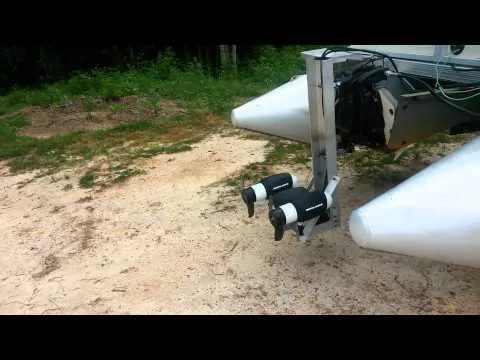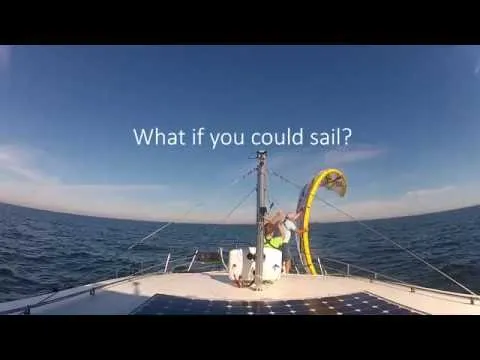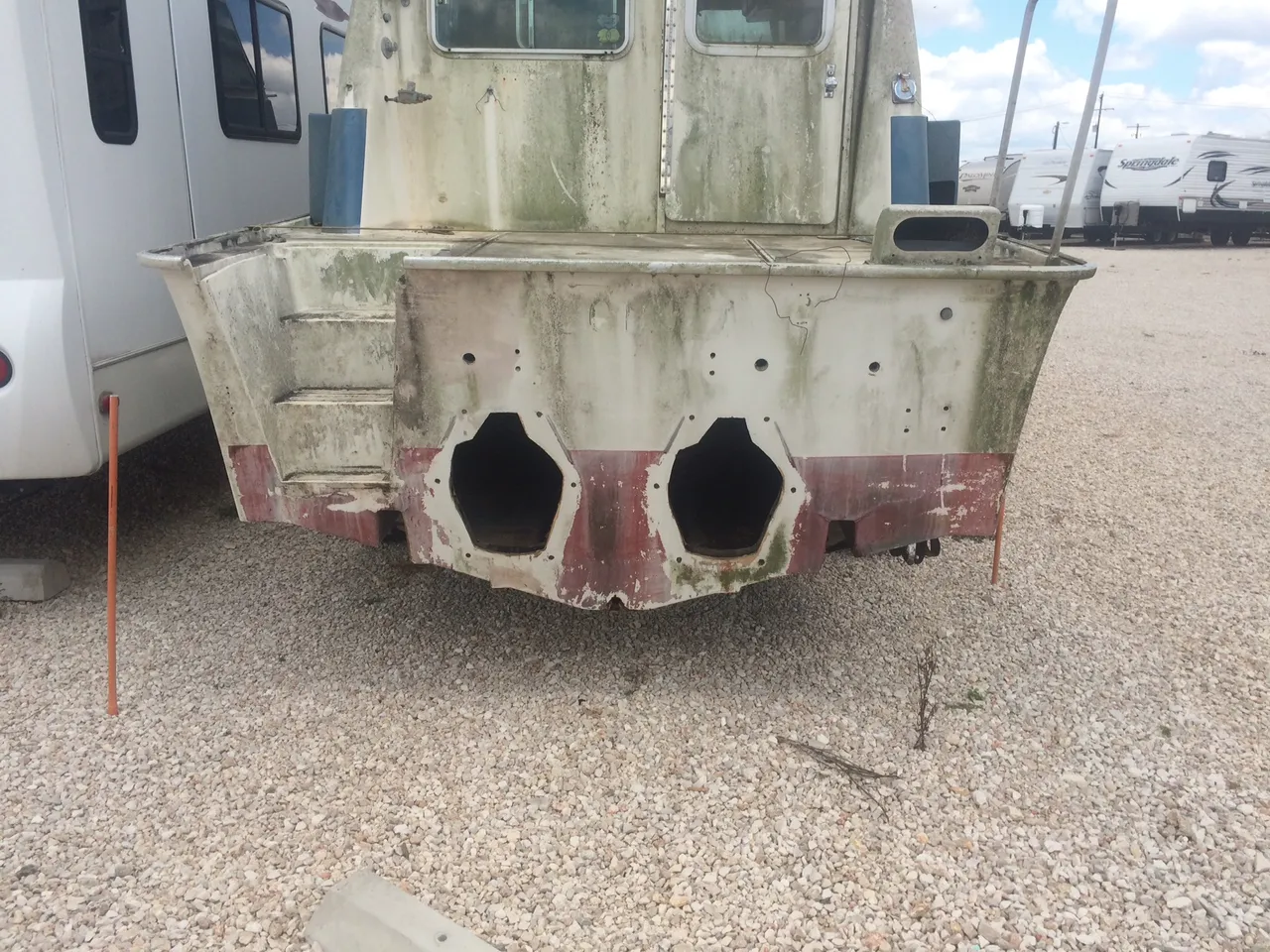
Some Early Thoughts...subject to change._
.....................................................................................................................................................................
The above picture is the stern of the boat as it sits now. I've not done anything, as yet, to the outside. I'm presently gutting the inside. That's gonna take a while yet. No time like the present to think about the future though.
I'd dearly love to draw some purty CAD pictures of what I've thought about doing.
But I won't. Me and Sketchup have a love/hate relationship. After using it a few minutes I love to hate it.
But let's not go there.
Back to the boat.
Notice the two slots? One on either side of the holes in the transom where the outdrives bolted in? Those are trailer rail slots. The trailer was constructed JUST for that boat. The trailer has rails that slide into those slots...but NOT all the way back to the end of the boat. This causes me furiously to think.
Suppose...just suppose...that I were to insert a length of aluminium into each slot...as far back as it would go until it contacted the trailer rails? I dunno how far that is. I'll have to check. Up to a foot would be PERFECT for what I have in mind.
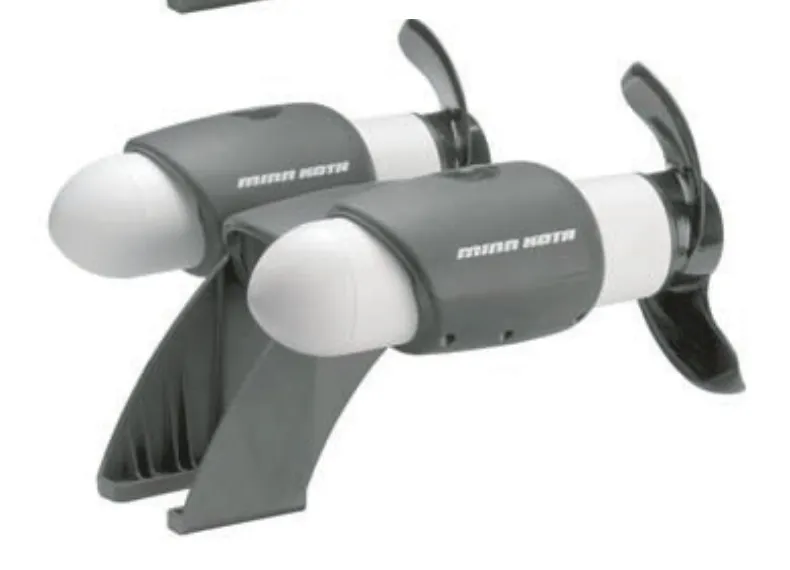
these guys
You can see where I'm going here. Stick an aluminium spar in the slot...mount a set of RT-160s on each spar. That would provide (2 x 160) = 320 lbs of thrust.
I've also been considering ducks.

no!
Not that kind.

.
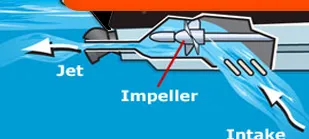
.
This kind
- A ducted propeller, also known as a Kort nozzle, is a propeller fitted with a non-rotating nozzle. It is used to improve the efficiency of the propeller and is especially used on heavily loaded propellers or propellers with limited diameter. It was developed by Luigi Stipa (1931) and Ludwig Kort (1934). The Kort nozzle is a shrouded propeller assembly for marine propulsion. The hydrodynamic design of the shroud, which is shaped like a foil, offers advantages for certain conditions over bare propellers.
.
Advantages are increased efficiency at lower speeds (<10 knots), better course stability and less vulnerability to debris. Downsides are reduced efficiency at higher speeds (>10 knots), course stability when sailing astern, and increase of cavitation. Ducted propellers are also used to replace rudders.
I SERIOUSLY doubt that the SteemDreem as envisioned will ever exceed ten knots.
If I enclose the whole thing with foam and fiberglass (leaving an access hatch to remove and replace if need be) I can only see advantages of this concept.
Note: this would be the primary
I intend to install a secondary propulsion system as well
(I'm a belt and suspenders kind of guy).
Some things you can't never have too much of.
Like redundancy.
Kite
- The advantages of a kiteboat over a traditional sailboat are manifold. As a kite pulls a boat, it does not also heel the boat over or pitch it forward as a sail does. This fact means that a kiteboat does not require large counterbalancing forces which, in opposing the heeling and pitching forces of a sail, create drag and present practical problems. The absence of this behavior means that the only limit on kite size is kite control, since increasing the power made by the kite does not require increasing ballast or beam, for example, which are limiting factors on a sailboat. Kites can fly higher than sails, too, which grants them access to stronger, steadier, higher-altitude winds, and kites can be maneuvered through the air to create more apparent wind. This maneuvering generates extra power, which is not possible with a fixed sail on a mast.
.
Finally, a kite lifts the boat out of the water as it propels it forward, which effectively reduces the displacement and decreases drag. While any boat would benefit from this boost, a hydrofoil benefits especially, because the kite reduces the amount of lift required from (and drag created by) the foils, and the lack of heeling and pitching forces makes reliably maintaining trim and ride height much more practicable. It is not necessary for a kiteboat to be a hydrofoil boat, but for us, this configuration represents a perfect marriage of technology.
All systems will be intended to operate independently or in conjunction with each other.
Any ideas, comments (spare change)?
